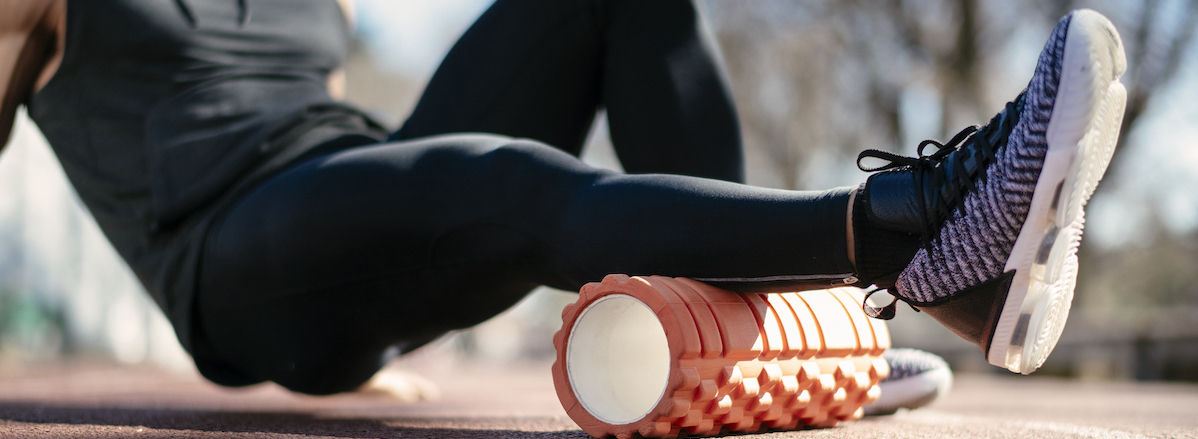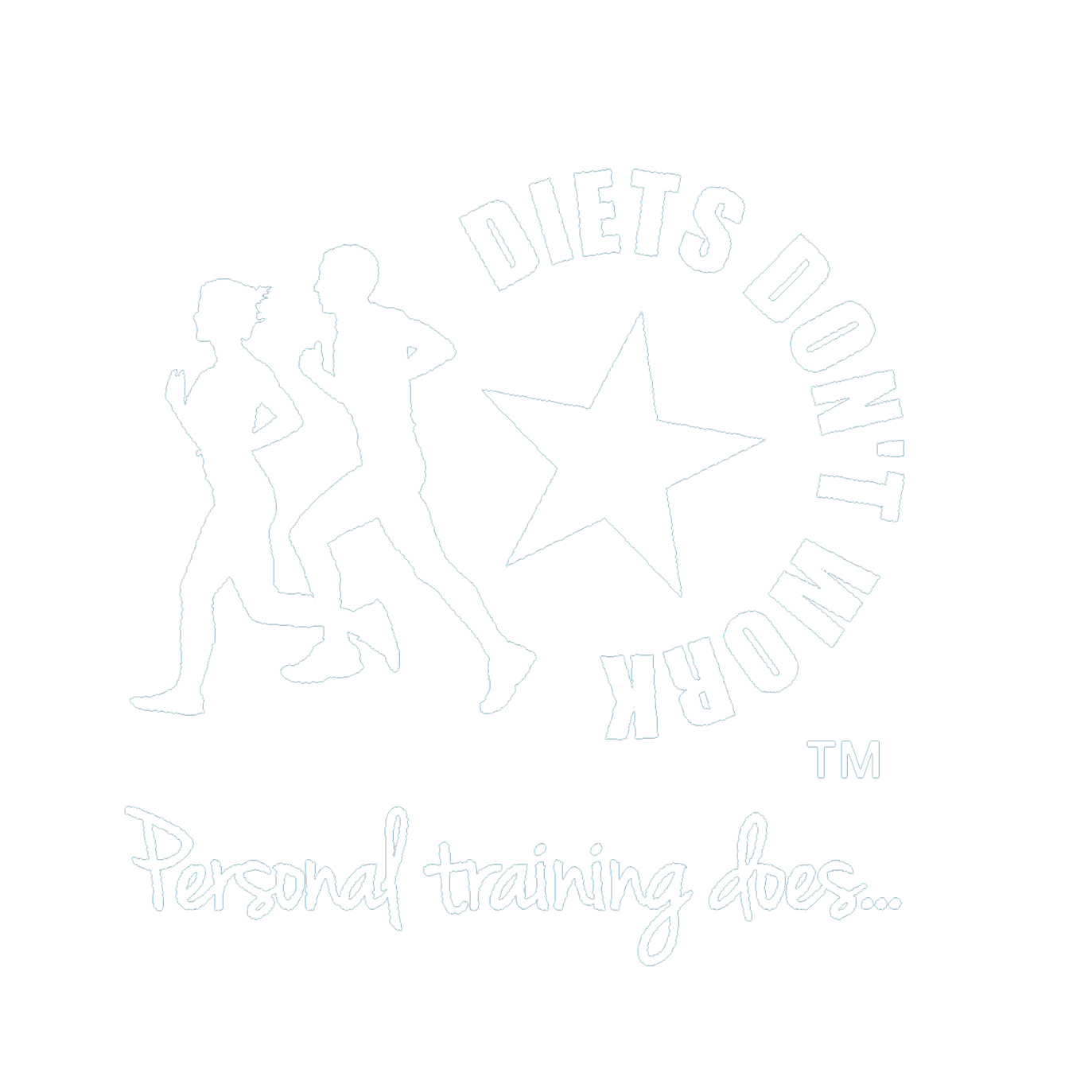
Many of us have a foam roller somewhere in the house, perhaps collecting dust. Every gym and health club has a collection ranging from the big soft blue ones to the painful spiked orange ones. But does foam rolling actually work?
The origin of the foam roller
Foam rollers were first popularised by Feldenkrais method practitioners during the 1980s.
This method of physical therapy was invented by its namesake Moshé Feldenkrais in the second half of the 20th century. The Feldenkrais method was developed to reduce pain and mobility issues while improving physical function by increasing clients’ awareness of their own bodies. Feldenkrais practitioners first used foam rollers as body supports and to do standing balance work with their clients.
In 1987 physical therapist and (at the time) Feldenkrais student, Sean Gallagher, began to use foam rollers as a self-massage tool. Gallagher then told an acquaintance Jerome Robbins, a noted Broadway star, about the benefits of foam rolling for aching muscles. Robbins was at the time rehearsing a dance troupe who needed to perform highly demanding routines nightly. The feedback from his dancers was overwhelmingly positive, leading to the widespread use of foam rollers for many broadway dancers. In the 90s a US physical therapist Mike Clark began writing about the benefit of foam rollers and coined the now popular phrase “myofascial release”.
The benefits of foam rolling
Although scientific studies on foam rolling are lagging behind the popularity of their use, most small studies show that it does have benefits. A small, 16-person 2018 study from the University of Stirling in the UK found that after foam rolling, it took less effort for a muscle to produce a given amount of force. Its findings follow previous studies in which people reported that they felt less muscle fatigue when they foam rolled as part of their warm-up. Another eight-person study in the Journal of Athletic Training suggests that foam rolling after a workout can help reduce delayed-onset muscle soreness (DOMS) and so will help your performance in successive workouts. Finally, a comprehensive review published in the International Journal of Sports Physical Therapy concluded that foam rolling promotes short-term increases in range of motion and flexibility.
How Does Foam Rolling Work?
Science is still yet to come up with conclusive evidence of how foam rolling works. However, there are some theories that could be the answer.
1 – myofascial release. A fascia is like the skin on a sausage; it surrounds all our muscles but also exists within the muscle, coating bundles of muscle fibers. The thin, almost see-through film on a chicken breast is fascia. They help to maintain muscle shape and attach to tendons and bones, assisting in the performance of the muscle. These fasciae are fairly solid and non-pliable though and can get “sticky” through injury, inactivity, disease, or external trauma, like a sports injury. The muscle can then become inefficient, tight and painful. Applying pressure with a foam roller and moving the fascia, even microscopically, could allow the fascia, and therefore the muscles, to separate, relax, and become more flexible.
2 – an external warm-up. Just like a rubber band, cold muscle and fascia will lose pliability, but if heated will become more pliable and elastic. The friction induced by foam rolling on targeted muscles might also help to increase the temperature of the fascia and muscles. Post-workout, rolling can also help to disperse lactic acid and increase blow flow. This in turn will increase recovery time.
3 – the neurological angle. Some scientists believe that foam rolling promotes neurological changes within the muscles themselves. This means that when we roll, embedded nerve receptors are being stimulated (as opposed to any actual physical changes) This can cause a perceived ‘releasing’ effect, causing less tightness and soreness, including joint pain that can be caused by tight muscles. The most common would be a tight ITB causing knee pain.
What science hasn’t proved but professionals observe in clinical settings
Large scale standardised tests in this area are very hard to do; this is the main reason why many studies are either very small or are inconclusive regarding the benefits of foam rolling. However, it remains highly recommended by sports clinicians from personal trainers like us to elite level sports coaches all the way up to Olympic level. We believe them to be a highly beneficial and useful tool, particularly for those suffering ITB related knee pain.
Recommendations when using a foam roller
- Try to focus on muscles, not ligaments, joints or tendons
- Divide the muscle into three sections, eg high, middle and low, then do each section separately
- Roll for sets of 30 seconds with a 10 second break for 3 sets
- For a tight ITB focus on the hip area and don’t roll through pain.
- Frequency wins over intensity – it’s better to roll gently often than painfully less often

Recent Comments